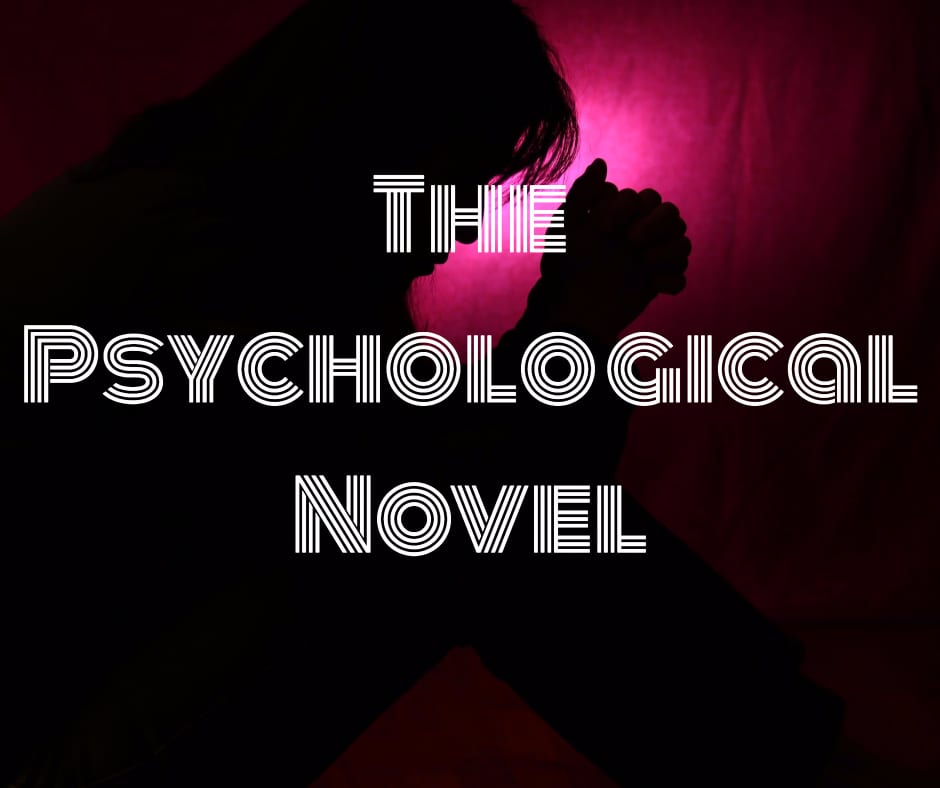Modern young adult literature bears many similarities to what has previously been called ‘the psychological novel’.
A psychological novel is a work of prose-fiction which places more than the usual amount of emphasis on interior characterisation, and on the motives, circumstances, and internal action which springs from, and develops, external action.
The psychological novel is also called “psychological realism”.
A Brief History Of The Psychological Novel
- Psychological novels co-evolved with psychoanalysis (Freud et al) in the first half of the 1900s.
- Henry James was one of the first to focus on the motives and psychology of his characters rather than on their actions.
- Readers take on more work. We don’t just read what happens, we are expected to analyse the characters.
- English novels were influenced by French and Russian novels. Tolstoy and Dostoevsky were especially influential.
- Stream of consciousness is one of the distinguishing features of a Psychological Novel.
Dostoevsky was the great analyst — in a sense, almost the inventor — of the psychological category that Nietzsche called ressentiment. Again and again, Dostoevsky shows how pride is really very close to humility, and how hate is very close to a kind of sick love.
James Wood, How Fiction Works
(Ressentiment is the French word for resentment.)
Ways In Which Modern Children’s Literature Resembles The Psychological Novel
1. Abandonment of overt and controlling narrative voices in favour of single and multiple focalisations
In other words, the didactic unseen omniscient voice died.
2. Changes of perspective
The ‘camera’ of the narrator zooms in and out, sometimes right inside the head of a character, oftentimes further away, commenting on an entire scene. Chapters can alternate first person narrators, or switch between first and third. We see characters from both the inside and from the outside. This is known as free indirect style.
3. Montage effects
Montage novels are a type of Modernist novel which are ‘cinematic’, but we shouldn’t conclude that cinema was influencing the novel. It’s just as likely the other way around — the word ‘montage’ was not invented for cinema.
In the 1920s and 30s a lot of development was going on in the arts. The word ‘montage’ started to be applied to other kinds of art.
Montage ‘involves juxtaposing two fragments and combining them into a new representation whose sense is equal neither to the sense of each fragment nor to their sum.’ (Ėjzenštejn)
- contrasting ways of expression (collage)
- different points of view or hyper-fragmentation of the text (cubist montage)
- joining elements from heterogeneous cultures, citations, various subtexts or sources
- ‘contaminations’ of motifs or genres
While montage in the cinema is the basic means of connecting fragments, montage in literature serves to show dissociation. (Unless we’re talking about dialectical montage, a film editing technique that emphasises, rather than hides, the discontinuity between one shot and another.)
Critics have always had trouble defining the montage novel and you could argue the term is basically meaningless now.
However, the Modernist novel — which includes the montage novel — is different from the pre-WW 1 era in that it emphasises the irrationality of life and lost faith in traditional values. (Katherine Mansfield was a modernist short story writer.)
4. Internal/interior monologues
We are shown what the characters are thinking. The opposite of this is what we see on a Shakespearian stage, for example, in which the only way we can possibly tell what a character is thinking is via a monologue or a murmur to the side.
5. Stream-of-consciousness and similar techniques
The opposite of stream-of-consciousness is dramatic monologue and soliloquy.

